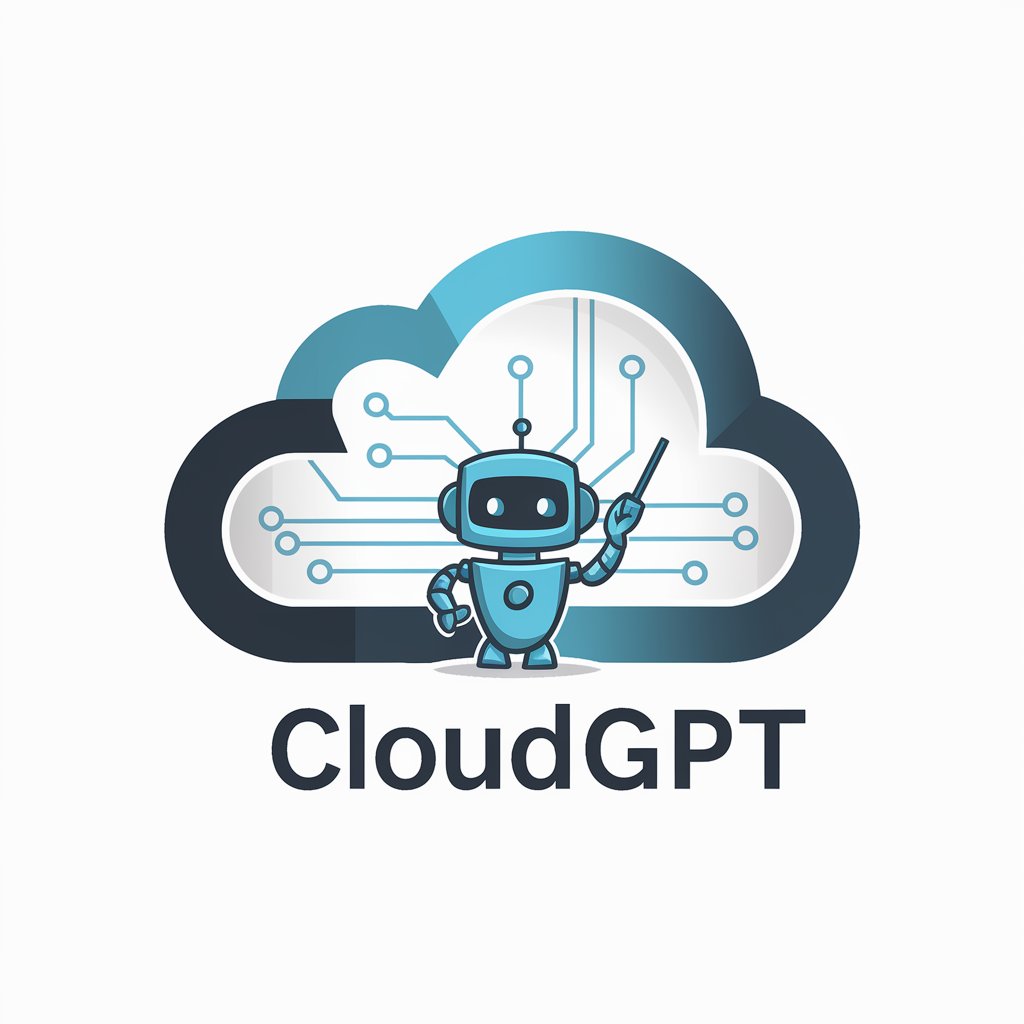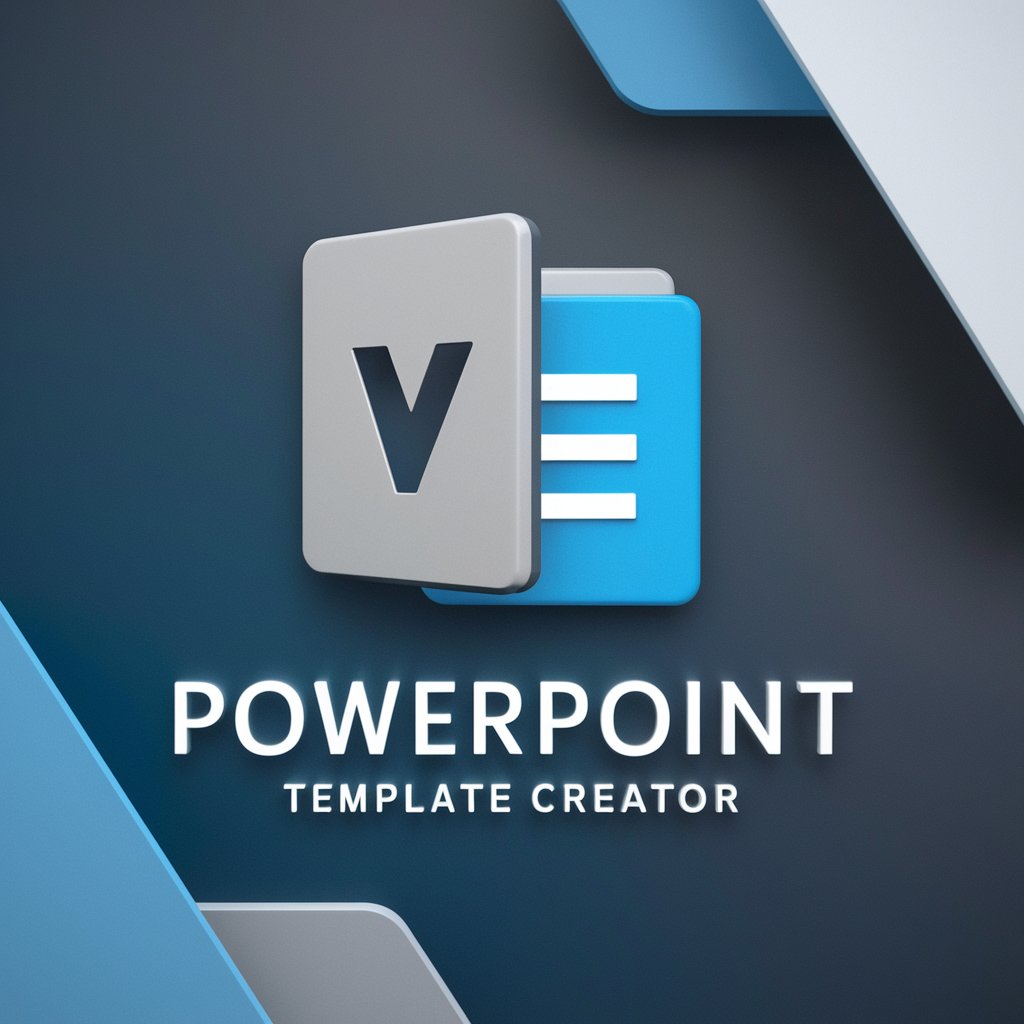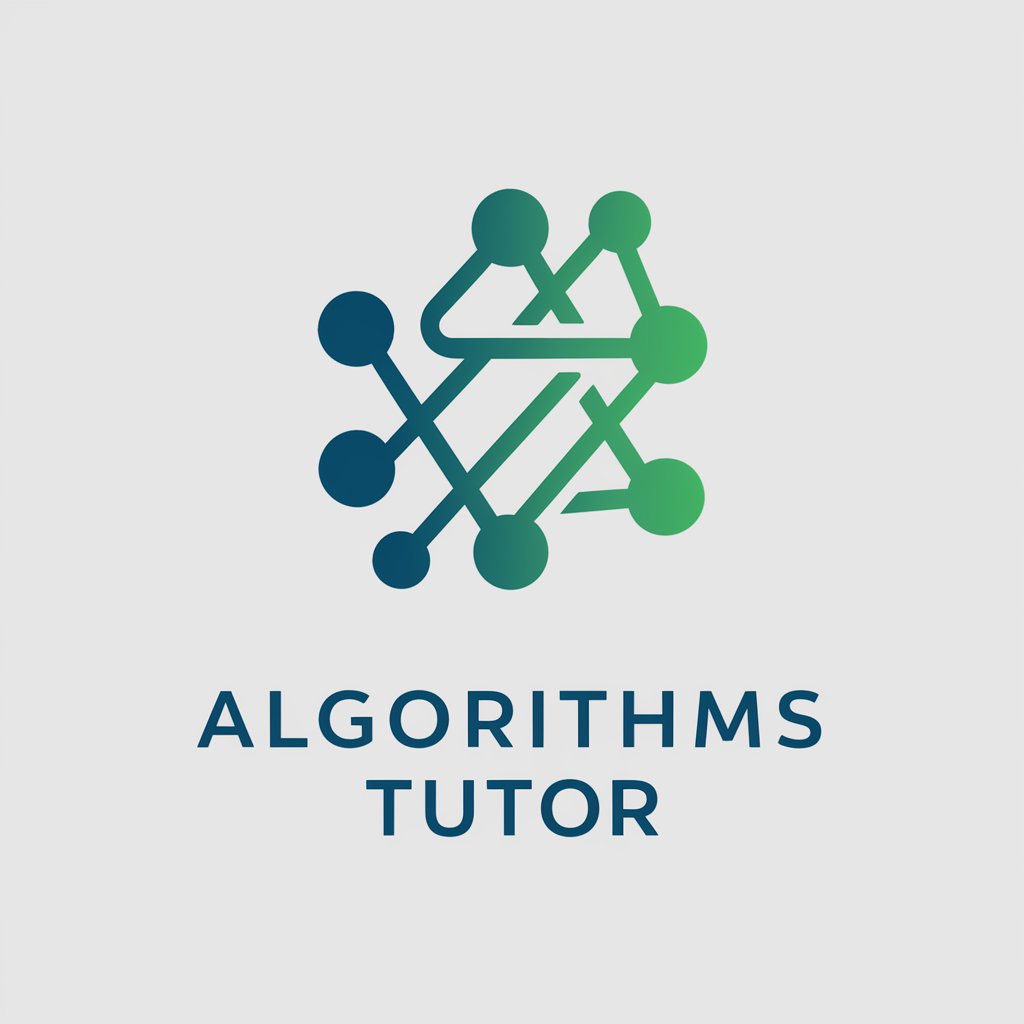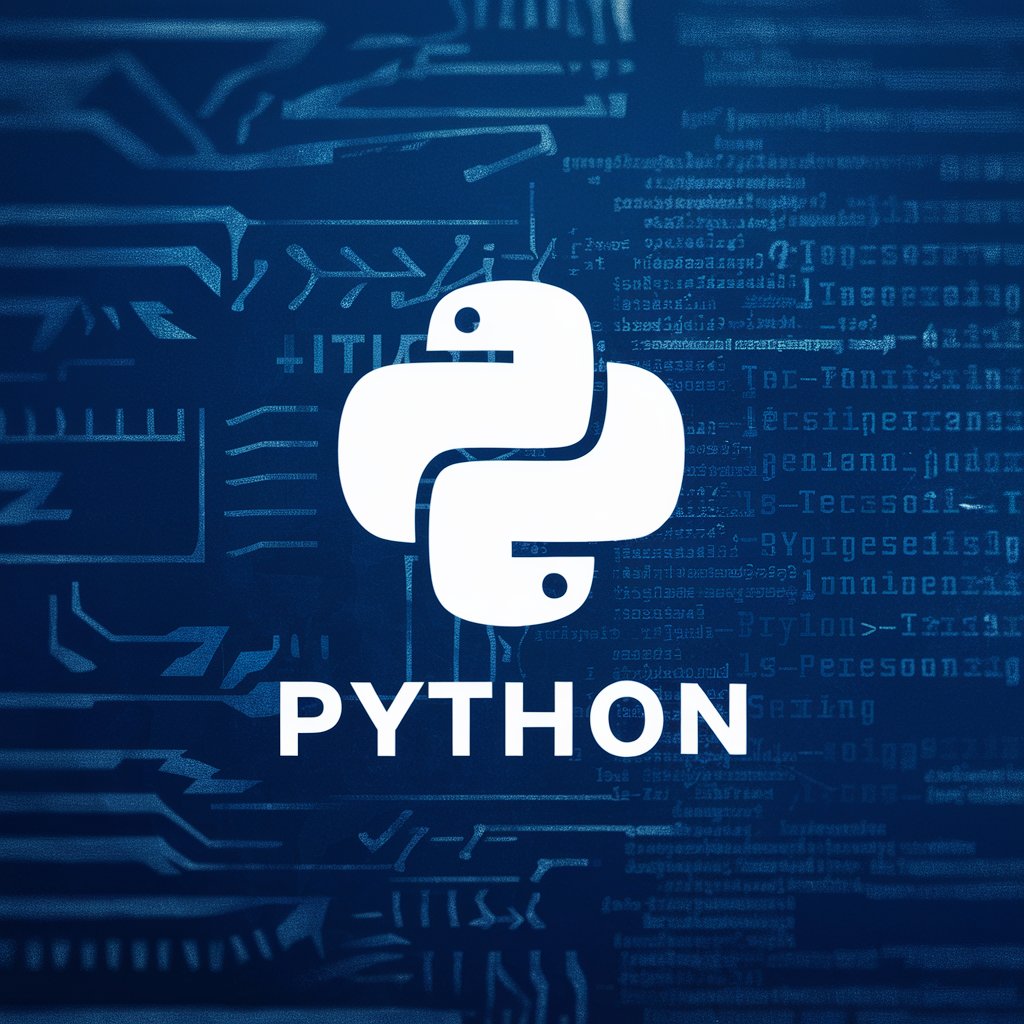CloudGPT - Advanced AI Chat Assistant

Welcome! Need smart cloud solutions with a dash of wit?
Empowering communication with AI
Guide me through setting up a Kubernetes cluster with...
Can you provide a script to automate the deployment of...
What are the best practices for configuring a CI/CD pipeline for...
How do I integrate AWS services with...
Get Embed Code
Overview of CloudGPT
CloudGPT is designed as a specialized AI model optimized for tasks involving cloud infrastructure and micro-service orchestration. It functions like a sophisticated digital assistant, providing code examples, configuration guidance, and problem-solving solutions tailored to cloud computing and orchestration environments. For instance, CloudGPT can generate scripts for deploying cloud resources, suggest optimal configurations for cloud services, and provide insights into best practices for scaling and managing microservices. Its design aims to facilitate and enhance the productivity of developers, sysadmins, and IT professionals by automating complex and repetitive tasks, thus allowing them to focus on higher-level strategy and innovation. Powered by ChatGPT-4o。

Core Functions of CloudGPT
Code Generation
Example
Generating Terraform scripts for setting up a multi-region AWS architecture.
Scenario
A developer needs to deploy an application across multiple AWS regions to ensure high availability and disaster recovery. CloudGPT can provide the necessary Terraform code to set up the infrastructure, including VPCs, EC2 instances, and cross-region load balancers.
Configuration Assistance
Example
Advising on Kubernetes cluster configurations for optimal resource utilization.
Scenario
A system administrator is configuring a Kubernetes cluster and needs to optimize resource allocation to handle variable workloads efficiently. CloudGPT can suggest configurations such as autoscaling parameters, resource limits, and pod distribution strategies to maximize efficiency and minimize costs.
Microservice Orchestration
Example
Outlining steps to manage service discovery in a microservices architecture.
Scenario
An IT architect is designing a microservices system and needs to implement an effective service discovery mechanism. CloudGPT can provide guidance on integrating tools like Consul or Istio to ensure that services can dynamically discover and communicate with each other in a cloud-native environment.
Ideal Users of CloudGPT Services
Cloud Developers
Developers focused on building and deploying applications in cloud environments will find CloudGPT particularly useful. It aids in scripting, automating deployment processes, and integrating cloud services, which enhances productivity and reduces the scope for errors.
IT System Administrators
System administrators responsible for the maintenance and operation of IT systems can utilize CloudGPT to automate and optimize cloud infrastructure setups, manage large-scale deployments, and ensure system stability and scalability.
Enterprise Architects
Enterprise architects designing complex systems across varied environments benefit from CloudGPT's ability to provide strategic insights into architecture best practices, help in designing scalable, resilient systems, and offer solutions for integrating disparate technologies and services.

Getting Started with CloudGPT
Access the Free Trial
Navigate to yeschat.ai for a complimentary experience, which does not require a login or subscription to ChatGPT Plus.
Explore Capabilities
Review the documentation and example use cases available on the platform to familiarize yourself with CloudGPT’s features and capabilities.
Set Up Your Environment
Configure your workspace by selecting your preferences for themes, tools, and accessibility options to ensure a comfortable and productive experience.
Engage with CloudGPT
Start interacting with CloudGPT by typing your questions or commands in the chat interface and observe how the AI responds to various prompts.
Experiment and Learn
Use CloudGPT for different scenarios to explore its versatility—be it drafting emails, generating code, or crafting creative content—and take note of tips for optimizing your interactions.
Try other advanced and practical GPTs
Zentik IA
Empowering B2B with AI-Driven Marketing

Slide Deck Template Creator
Craft Your Slides with AI Power

Resume Template
Enhance Your Resume with AI Power

Analysis of Algorithms Tutor
Master Algorithms with AI Guidance

Algorithms Tutor
Master Algorithms with AI Guidance

Algorithm
Empowering Innovation with AI-Powered Algorithms

Forti Comando
Automating Network Security with AI

Bible Companion
Explore Scriptures with AI

MarketAnalyst.io
Unveil Market Secrets with AI

USMLE 1
Master USMLE with AI-driven insights

Python GPT
Empowering Code with AI

Grammarlyzer
Elevate Your Writing with AI

Frequently Asked Questions About CloudGPT
What is CloudGPT?
CloudGPT is an advanced AI tool designed to assist with a variety of text-based tasks, leveraging the power of large language models to provide insightful and contextually relevant responses.
Can CloudGPT generate code?
Yes, CloudGPT can generate code snippets in multiple programming languages, making it a valuable tool for developers looking to streamline their coding efforts.
How does CloudGPT ensure data privacy?
CloudGPT adheres to strict data privacy protocols, ensuring that all interactions are securely managed and that user data is not used for any other purposes without consent.
Is CloudGPT suitable for academic purposes?
Absolutely, CloudGPT can assist in academic writing, research, and data analysis, making it an excellent resource for students and educators alike.
Can I customize CloudGPT for specific tasks?
Yes, CloudGPT offers customization options that allow users to tailor its responses and functionalities to better suit specific tasks and industry needs.
